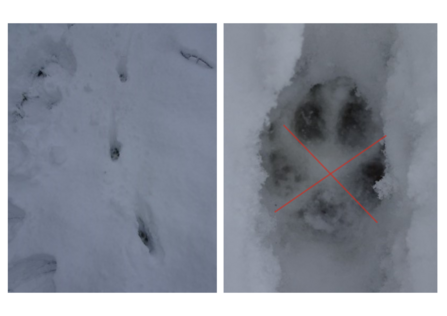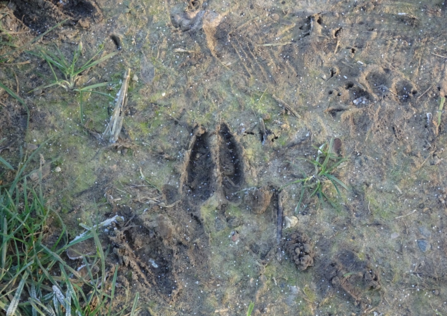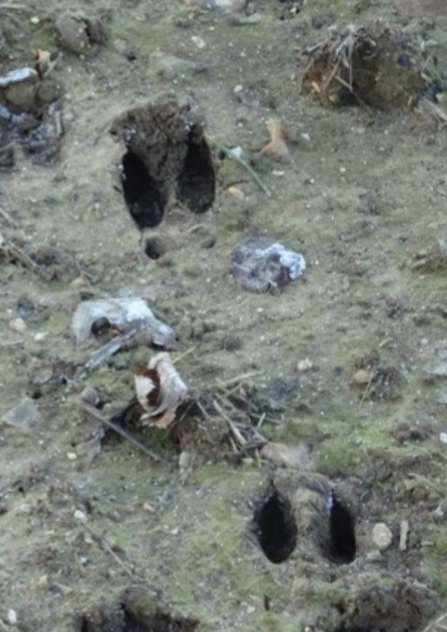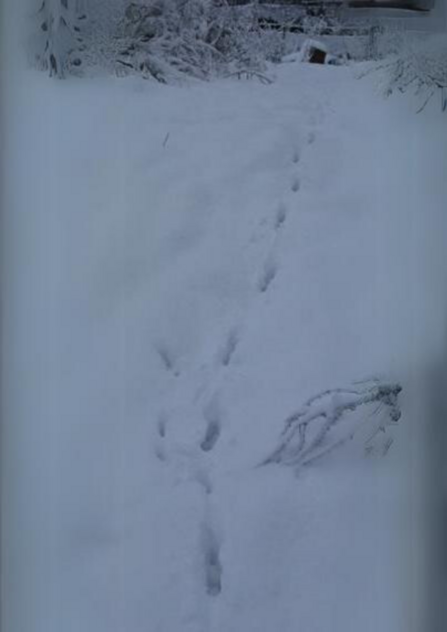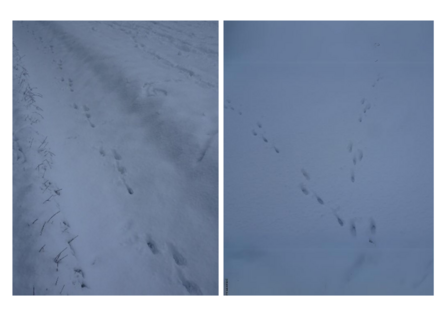Most of our mammals are active when we are not – during the hours of darkness. This makes them frustratingly difficult to observe.
However, a little knowledge and a bit of detective work will let you discover which animals have been visiting. And this is one of the best times of year to do it. Muddy paths and snow-covered lawns readily betray their visitors in the form of their footprints and tracks. Here are a few to get you started:


